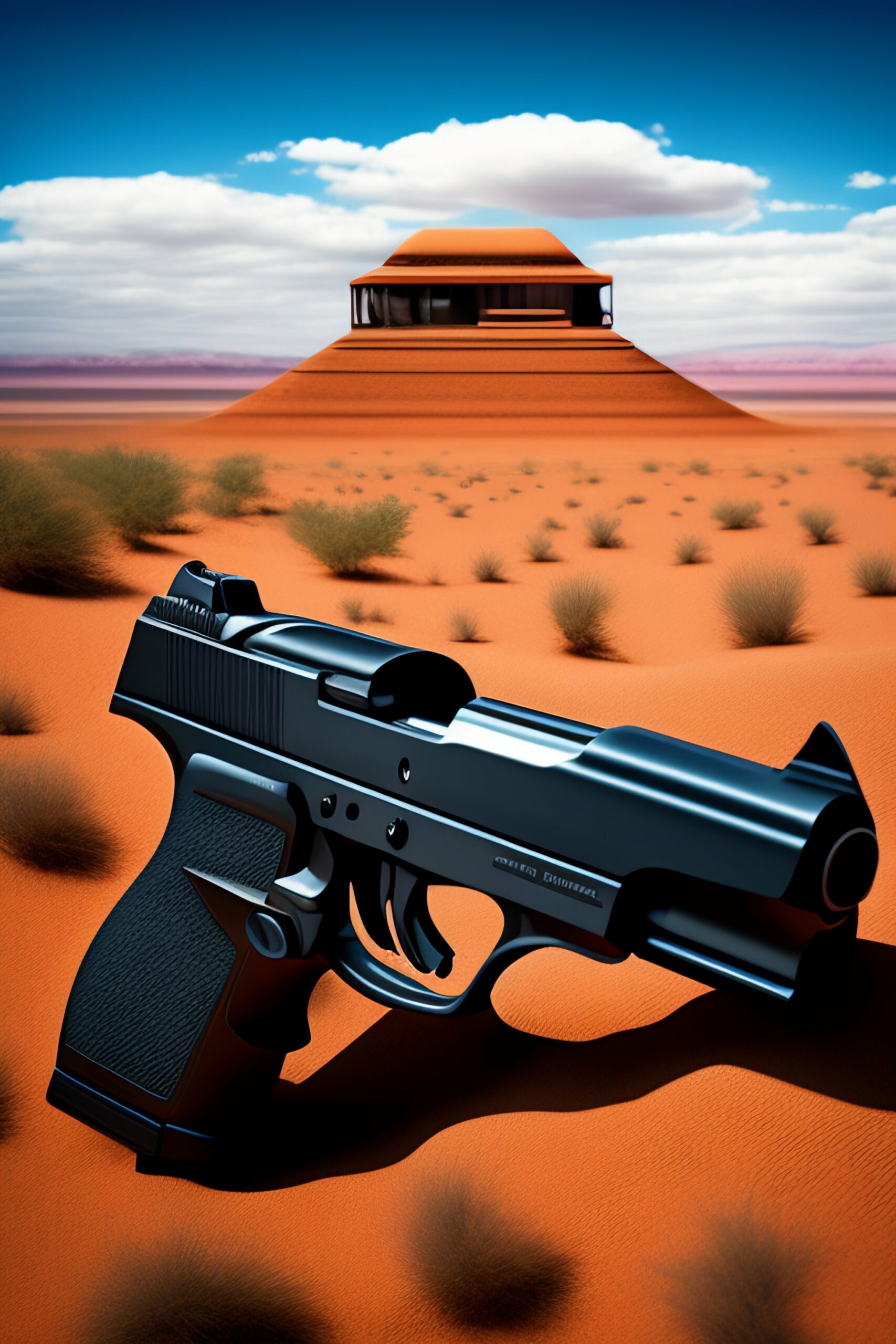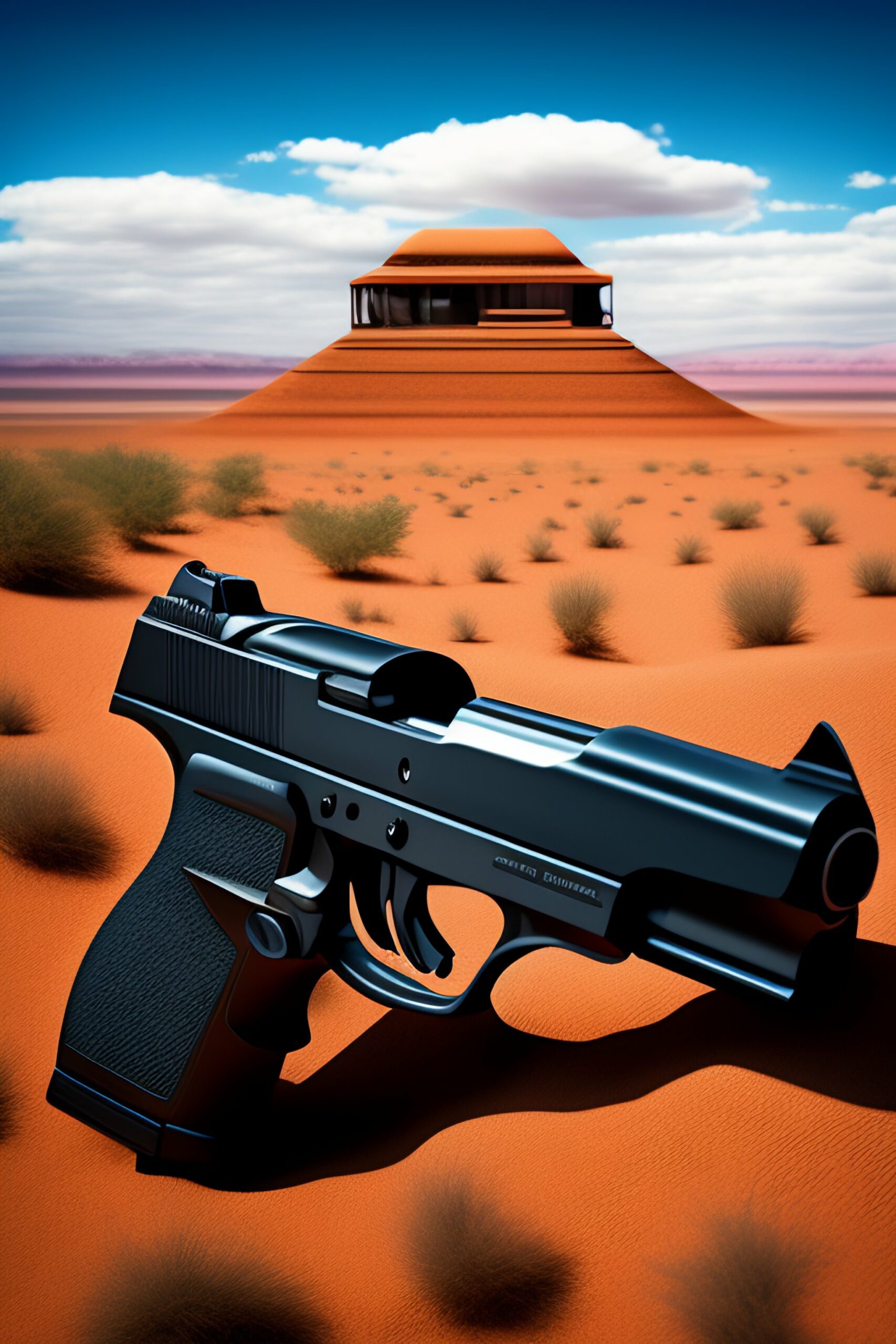The firearms industry, while steeped in tradition, is not immune to the winds of change. Advancements in materials science, electronics, and even artificial intelligence are influencing how guns are designed, manufactured, and used. This article explores some of the key trends shaping the future of firearms.
Material Innovations: Lighter, Stronger, More Durable

Modern firearms are a far cry from their clunky, metal predecessors. Today, manufacturers are increasingly utilizing polymer-based composites. These materials are lighter, more resistant to corrosion, and often boast improved ergonomics compared to traditional steel. This translates to easier handling, especially for smaller framed shooters, and potentially less fatigue during extended use. Additionally, advancements in metal alloys are creating stronger, lighter barrels and receivers, further enhancing firearm performance.
Modular Design: Customization on the Rise
The concept of a one-size-fits-all firearm is becoming a thing of the past. Modular designs are gaining traction, allowing users to customize their guns with interchangeable components like grips, triggers, barrels, and stocks. This caters to individual preferences and shooting styles, potentially improving accuracy and comfort. Imagine swapping out a long hunting barrel for a more compact one for concealed carry, all on the same platform.

Smart Gun Technology: A Safety Frontier
One of the most controversial areas of innovation is the development of smart gun technology. These firearms incorporate biometric identification features like fingerprint scanners or near-field communication (NFC) chips. The gun will only function when in the hands of an authorized user, potentially reducing accidental discharges, thefts, and unauthorized use. However, this technology faces challenges, with concerns about reliability, user privacy, and potential workarounds.
The Integration of Electronics: A Sharper Focus
The future of firearms may involve a greater integration of electronics and optics. Advanced sights with features like red dot reticles, night vision capabilities, and even laser targeting systems are already available on some models. These advancements can significantly improve accuracy and target acquisition, especially in low-light conditions. Imagine a heads-up display in your sight that provides ballistic data and windage adjustments for long-range shooting.
The ethical and societal implications of these innovations are sure to be a topic of ongoing debate. However, one thing is certain: technology is undeniably shaping the future of firearms, with advancements promising greater personalization, improved safety features, and potentially enhanced shooting experiences.





